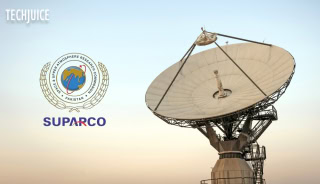Google Chrome is getting new upgrades to make memory consumption more efficient

Bruce Dawson, a Google Chrome programmer has revealed Google’s plans to add new upgrades to Google Chrome’s technology. They have added patches that can take advantage of a certain underlying technology. This technology, when put to use, should ensure that the memory usage of the browser drop a significant amount.
Ever since Microsoft decided to drop its own browser’s technology and switch to using Chrome’s open-source Chromium Software, researchers and users everywhere have wondered whether Google Chrome’s user base stands to suffer. People all around the world choose Google Chrome as their default browser as it offers a friendly and familiar interface, and it offers speed, a quality lacking in Microsoft’s Edge (formerly known as Internet Explorer)…until now.
Microsoft’s switch to this technology could get rid of the speed issue whilst also cutting memory consumption by up to 27% on Windows. The technology used to cut memory consumption, however, is all set to come to Chrome as well; Google just has to get rid of “mysterious” problems arising in the new version before they can roll out the update.
Random Access Memory (RAM) is a type of memory used to make up a computer’s short-term, volatile memory. Programmes are loaded up into this memory when in use and loaded out of it when they are no longer needed. Memory consumption is a vital part of any application software’s build. The more memory a software uses, the less memory there is for other software’s to use at the same time. This means that multitasking becomes slow and processors must put in more effort to free up memory for other applications, which heats up the CPUs.
Chrome has always been infamous for using too much Memory. Hopefully, with the unlocking of these new technologies, the browser can finally overcome this issue and go easy on computer memories everywhere.
Related Posts
SUPARCO Announces Pakistan’s Lunar Rover Naming Contest: Here’s How to Participate
The Pakistan Space and Upper Atmosphere Research Commission (SUPARCO) has revealed plans to launch the country’s first lunar rover in 2028 as part of…
After a Decade-Long Wait, Tesla Starts Hiring in India
Just days after Elon Musk met with Indian Prime Minister Narendra Modi, Tesla is ramping up its hiring efforts in the country. On its…














